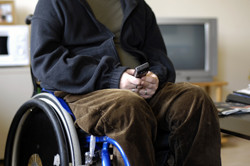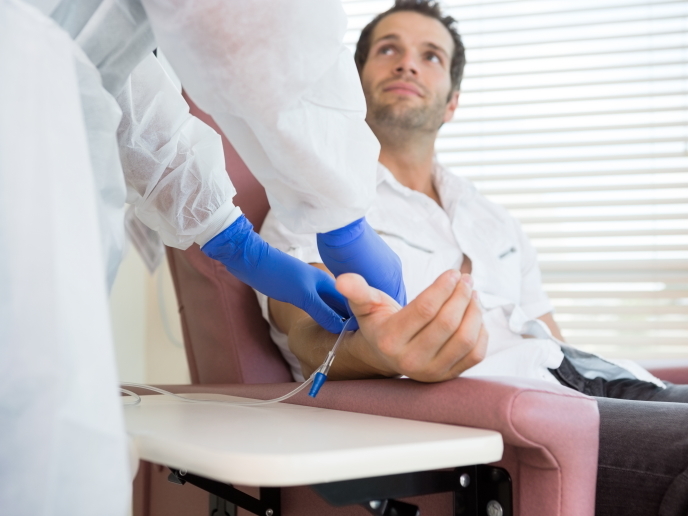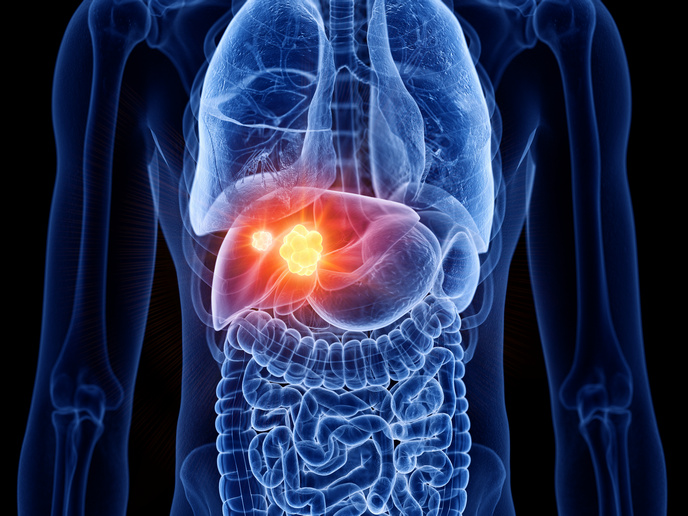New muscular dystrophy therapy
MD is characterised by the production of defective muscle resulting in progressive skeletal muscle weakness and death of muscle cells and tissue. There are several forms of MD. Several mutations in the Calpain 3 gene cause limb-girdle muscular dystrophy type 2A (LGMD2A), for example, and unfortunately, no treatment currently exists for this type of muscular dystrophy, which is common in the Basque region. Testing in a cellular model, the EU-funded LGMD2A project aimed to remedy this situation. To test the therapeutic approaches ex-vivo, the researchers developed a novel functional human cellular model of LGMD2A that shows spontaneous contractile capacity. The result is human myotubes that show a higher maturation, more comparable to muscle fibres. The human myotubes differentiated under extracellular matrix scaffolds are a very promising test model, since they exhibit spontaneous calcium waves preceding contractility and a well-developed sarcomeric pattern. Human myotubes with Calpain 3 deficiency show increased oxidative stress, increase resting intracellular calcium levels, and reduced expression of the main sarcoplasmic reticulum calcium pumps: SERCA1 and SERCA2. Addition of pharmacological compounds aiming to stabilise calcium levels and/or reduce oxidative stress is still being tested. Preliminary results look favourable and several compounds are able to decrease oxidative stress levels of dystrophic myotubes. After completion of all tests, the researchers intend to patent the most promising drug with clinical potential. LGMD2A scientists expect that the model system will assist in the development of a combined therapy for the disease and will expand the knowledge base. Applications can also extend to treatments for other muscular and cardiac diseases.







